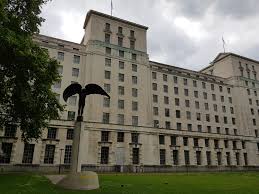Process efficiency is optimizing the output of business processes by increasing efficiency. In other words, to increase efficiency is to decrease the amount of time and input utilized to produce a business unit. There are several types of process efficiency: labour efficiency, resource efficiency, and throughput efficiency (machine efficiency). The first step of improving process efficiency is to map out and investigate the existing operational processes and to highlight the areas that need enhancement and optimization. The second step is to define specific goals that need to be achieved and ensure that these goals are measurable. The third step is to prioritize the areas that need intervention and execute. There are several reasons why process efficiency is a necessary process for every business. First, process efficiency will result in lower costs because of its potential to eliminate time waste, overproduction, defects, etc. Second, process efficiency is essential in order to improve customer experience. Organized and well-managed processes are core in retaining existing customers and attracting new ones. Third, efficient processes involve less risk as consistent and organized processes lead to consistent and predictable results. Fourth-and as a consequence of the three previous reasons-, effective processes will result in increasing revenues due to its ability to reduce costs, improve customer experience and lower risks.










